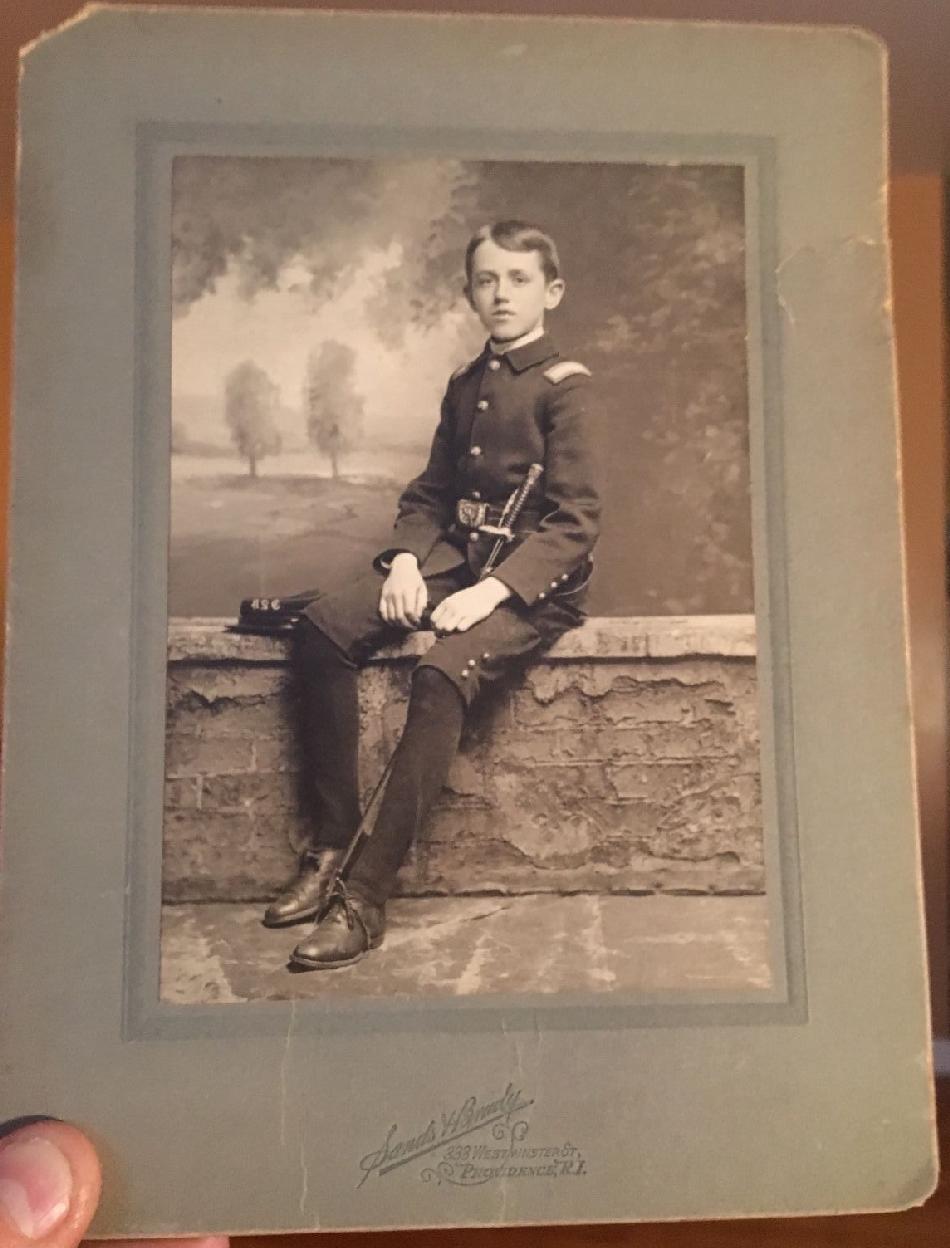
Figure 1.--Here we see one of the new style cabinet cards we see after the turn-of-the 20th century. This card was a light green, even more common was an olive green color. T |

|
We see different colors being used for the new style mounts. We don't see the dark primary colors like blue, black, burgundy, and white as we see in the 19th century. White and ivory cabinets cards were very common in the 1890s. But at the turn of the 20th century we see destinctive new colors. They seem duller colors and fewer options. Cream, browm, and greyish shades of green and olive seem particularly common after the turn of the 20th century. The card we see here in 1902 is a good examplem geebish-blue shade (figure 1). Brown was also popular. This was a color we do see in 19th century. We see some dark brown mounts in the 19th century, but not the lighter shades we seen in the 20th century. The brown we see after the turn of the 20th century is a lighter shade of brown. We see light browish shades with dark brown accent framing. This is unlike anything we see in the 19th century. And as a result these colors are useful in dating cabinet cards.
We see different colors being used for the new style mounts. They seem especially popular in the 1870s-80s. With the new style mounts after the turn f the century we no longer see the dark primary colors like blue, black, and burgundy as we see in the 19th century.
Crisp white and ivory cabinets cards were very common in the 1890s. But at the turn of the 20th century we see destinctive new colors on the new style mounts. They seem duller colors and fewer options. We see lot of cream shades. We do not see the crisp white or ivory mounts we see in the 1890s. We see some greyish shades green and greenish blue mounts commonly used after the turn of the 20th century. The card we see here in 1902 is a good example of a light greenish-blue shade (figure 1). We also see some tan shades. Sione of these lighter greenish-blue or tan mounts had accent framing in a darker shade.
We see some darker shades. These shades were not as dark as the 19th century shades, but they were dark shades. The two dark shades we see most commonly was greyish green and brown. The greenish shades are barely recognizable as a green. We are not entirely sure how to describe it. They look to us like a grey- or olive-green. We see many examples of this colored mount. It is very distinctive, unlike the forest green mounts we see in the 19th century. Another popular color for the new style-mounts was brown. These were a more recogizable brown, but lighter than the very dark browns we see in the 19th century. The colors were unlike any that we see in the 19th century.
Navigate the Boys' Historical Clothing Web Site:
[Return to:Main U.S. new-style cabinet card format and size page]
[Return to:Main U.S. cabinet card format and size page]
[Return to:Main U.S. cabinet card page]
[Return to:Main cabinet card country page]
[Return to:Main cabinet card page]
[Return to:Main American photography page]
[Return to:Main photographic print type page]
[Return to:Main photography page]
[Introduction]
[Activities]
[Biographies]
[Chronology]
[Clothing styles]
[Countries]
[Bibliographies]
[Contributions]
[FAQs]
[Glossaries]
[Images]
[Links]
[Registration]
[Tools]
[Boys' Clothing Home]
Navigate the Boys' Historical Clothing Web Site:
[Sailor suits]
[Sailor hats]
[Buster Brown suits]
[Eton suits]
[Rompers]
[Tunics]
[Smocks]
[Pinafores]
